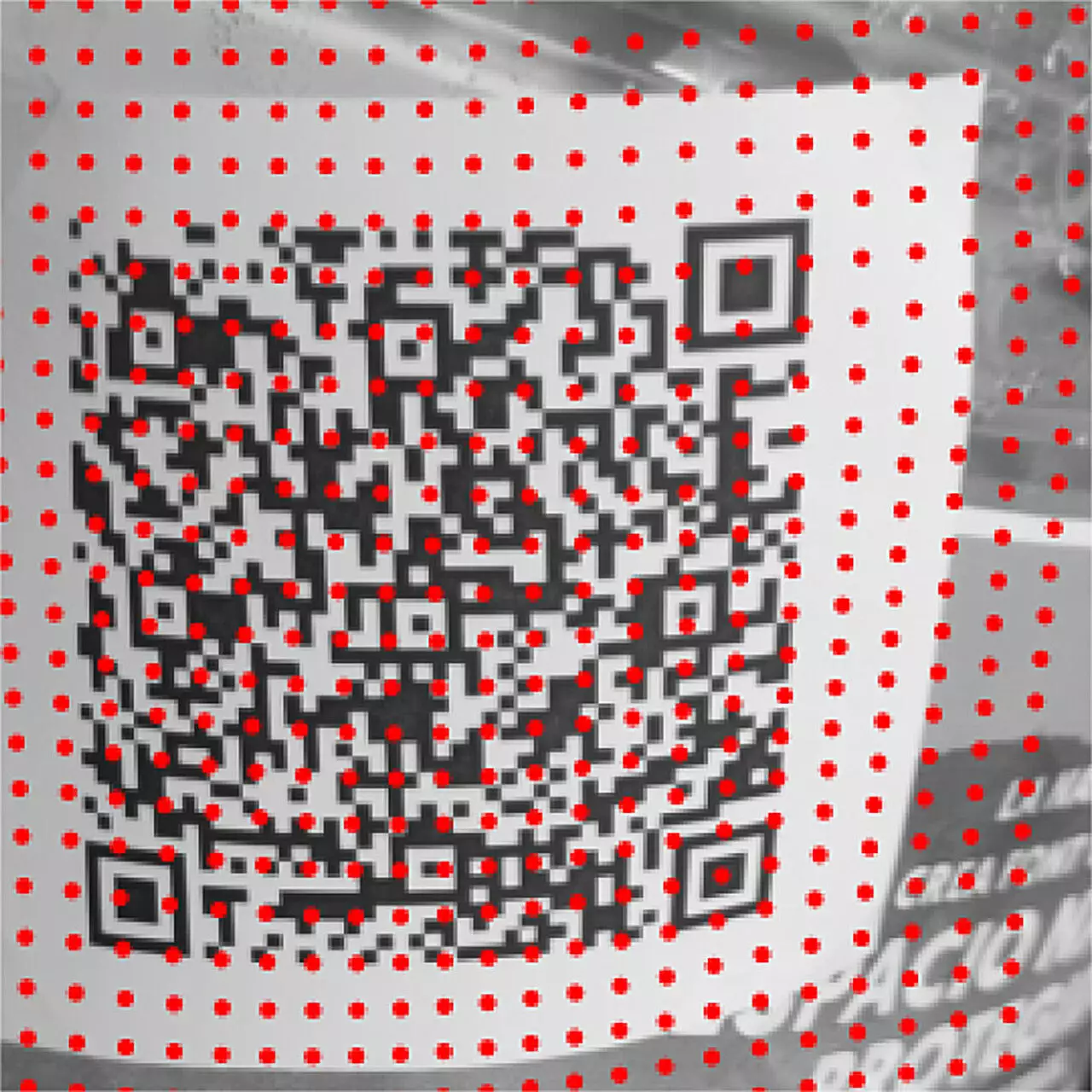In our increasingly digital world, QR codes have emerged as an efficient means of transmitting information quickly and conveniently. However, users often experience frustrations when attempting to scan these codes, particularly in complex physical settings. The limitations can stem from various factors, including the quality of the QR code’s image, the surface on which it is printed, and the angle or distance from which it is scanned. While various solutions have been proposed, a significant leap in methodology has recently been introduced by a research team consisting of members from the University of Barcelona and the Universitat Oberta de Catalunya.
The pioneering research published in the journal Pattern Recognition Letters highlights a new system designed to enhance QR code recognition regardless of environmental challenges. Unlike traditional methods, this innovative approach does not rely heavily on the underlying topography. It successfully facilitates the scanning of QR codes situated on challenging surfaces, such as cylindrical bottles and uneven food trays. This is a considerable advancement over earlier strategies that struggled to adapt to these complexities.
Professor Ismael Benito from the University of Barcelona played a vital role in developing this methodology. He noted that the ability to read QR codes is significantly compromised when the surface they are printed on is irregular or non-flat. The new system addresses these critical issues by leveraging the inherent patterns found within the QR code itself to decode information accurately.
Central to the success of this new methodology is a sophisticated algorithm that utilizes mathematical functions known as splines. These splines effectively allow the adjustment of surface topographies, accounting for the inherent distortions caused by curved or uneven surfaces. By mapping the deformations within the captured QR code data, the algorithm can recover the surface’s arrangement, which improves the chances of accurate scanning.
This method represents a significant step forward in QR code technology. It expands the adaptability of QR codes to environments that had previously proven challenging, thus improving overall user experience. Benito explains that the algorithm’s versatility comes from its mathematical adjustments, which have origins in various fields, such as geology and photographic editing. This representation empowers the QR code system to become far more efficient under real-world scanning conditions.
The implications of this research extend beyond academic theory. The system’s practical applications are particularly relevant in industries that rely on rapid and reliable QR code scanning. Relevant sectors include logistics, food service, and retail, where information is frequently accessed through QR codes. Medical services could also benefit, as patient information often needs to be retrieved quickly during emergencies.
For instance, consider the scenario when trying to scan a QR code on a bottle. The cylindrical shape can cause distortion that complicates the scanning process, leading to failed attempts and wasted time. The new methodology effectively addresses these challenges, optimizing the scanning experience and making QR codes a more reliable source of information in everyday scenarios.
Despite these advancements, further challenges remain, particularly concerning security and speed. As highlighted by Benito, one of the main obstacles in commercial applications of QR code readers is guaranteeing that the readings are not only reliable but also immune to deceptive practices such as fake URLs designed to mislead users.
Moreover, in controlled industrial environments, the focus must shift toward reducing the speed of capture to ensure accuracy. This dual approach of enhancing both security measures and the speed of QR code recognition could significantly influence the QR code’s effectiveness across various sectors.
The research spearheaded by Professor Ismael Benito and his team signifies a watershed moment for QR code technology. By addressing foundational issues that have long plagued users, this innovative system opens the door to improved interactions with digital information in the physical world. As industries embrace this technology, we can expect QR codes to become even more integral to our daily interactions, merging the physical and digital realms seamlessly. The future holds promise, and with further refinements and adaptations, QR codes may soon become a ubiquitous feature in our interactions with technology.


Leave a Reply